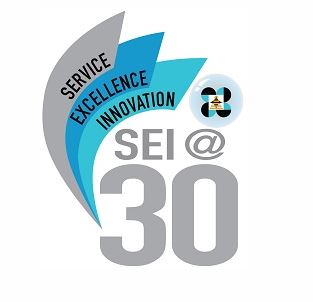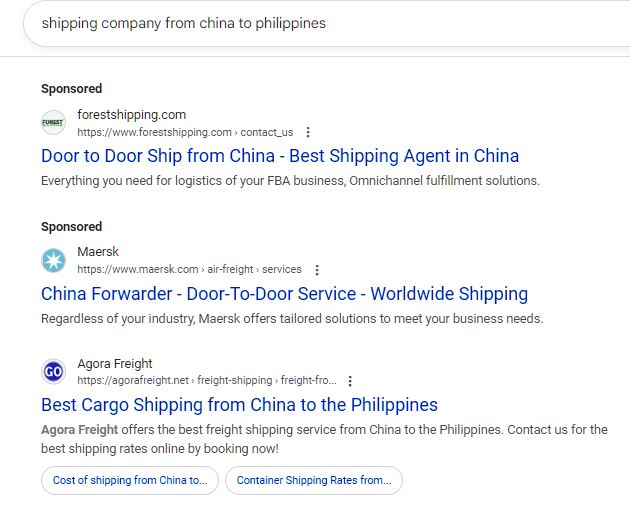Creating a high-converting product page is all about clarity, trust, and persuasion. Here’s a breakdown of proven strategies that turn browsers into buyers:
🖼️ 1. Use High-Quality Visuals
- Multiple angles and zoomable images
- Lifestyle photos showing the product in use
- Short videos or 360° views for added context
- Active photo: Make sure it is active photo where product, person and it is being use in the public.
Example:
- A pet stroller shown with a senior Golden Retriever inside, rolling through a park—emotion sells.
- Another example if the product is about dog hiking backpack, you need to have a photo in real mountain with the owner and that area is famous like Colorado river
- If you said the product is airline approved, make sure the photo is insider or riding the airplane with the product and its owner where the carrier name is visible.
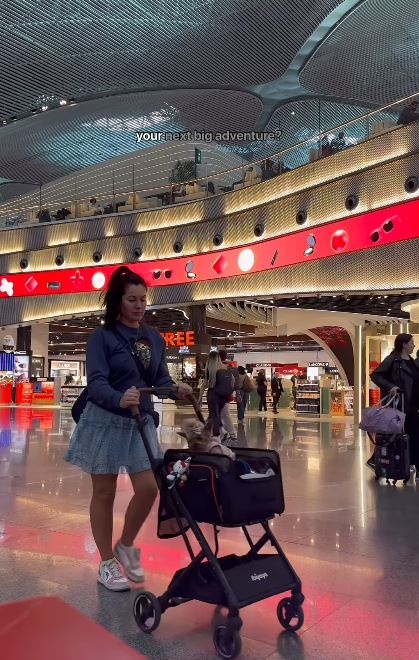
📝 2. Craft a Compelling Product Title, Short Description and Features
- Use clear, benefit-driven headlines
- Highlight key features, benefits, and use cases
- Break up text with bullet points for easy scanning
- For example if the product is The Beast Pet Stroller. Do not just model and product use, include size, application, features, etc. The Beast Pet Stroller for Multiple Small Cats to Large Dogs. Foldable, Lightweight, Aerodynamic Jogging Stroller with All-Terrain 3 Wheels. See how Amazon make product title.
- Chat GPT or AI is very good in making product description. That is simply dividing the product description according to Top Features or Importance then supported by bulleted information.

🧠 3. Focus on User Intent
- Answer the question: “Why should I buy this?” or what makes this model different?
- Include FAQs, size guides, or compatibility info
- Use comparison charts if you offer multiple models
⭐ 4. Build Trust with Social Proof
- Display customer reviews and star ratings. Customer spent more time reading review than short description.
- Add user-generated photos or testimonials. The product need to have lifestyle images of the customers
- Show “as seen on” badges or media mentions. The list of logo of known news agency are perfect social proofs
 🛒 5. Optimize the Call-to-Action (CTA)
🛒 5. Optimize the Call-to-Action (CTA)
- Use clear, action-oriented buttons like “Add to Cart” or “Get Yours Now”
- Make the CTA stand out visually
- Keep it above the fold and repeat it further down
🚚 6. Address Objections Upfront –
This information will remove doubts and worries among buyer. Easy return is an ample to their eyes in case there are problem.
- Offer free shipping, easy returns, or money-back guarantees
- Show stock availability and delivery timelines
- Include secure checkout icons and payment options
7. Make It Mobile-First
70% of visitors nowaday came from mobile searches. Make sure the first fold of the mobile are
- Product title
- Product photo gallery
- Product variation if available
- Add to Cart
- Ensure fast loading and responsive design
- Use sticky CTAs on mobile
- Simplify navigation and checkout flow
📊 8. Use Data-Driven Enhancements
- Add heatmaps and session recordings to see how users interact
- A/B test product titles, images, and CTAs
- Track conversion rates and bounce points
- Test keyword landing pages using adwords and organic.
3. Use High-Resolution Images (1000 x 1000 pixels or higher) Your product photo is the customer’s first interaction with the item—make it count. Use crisp, DSLR-quality images that allow for zoom functionality, giving shoppers a closer look at textures, finishes, and details. High-resolution visuals convey professionalism and build trust.
4. Showcase Every Angle Display the product from the front, back, side, top, and close-up on key features. For items like stuffed toys, highlight the tail, hands, clothing, and facial details. Including multiple angles—or even a rotating 360° video—can significantly boost conversions by helping customers feel confident in what they’re buying.
5. Feature Real People, Not Just Models Use product photos on individuals with diverse body types and appearances to help buyers visualize themselves using or wearing the item. Avoid celebrity or influencer photos unless they align authentically with your product’s persona. Shoppers connect better with relatable, everyday people, which speeds up decision-making and enhances brand trust.
6. Add FAQs and Helpful Tips to Boost Confidence Anticipate customer doubts by including an FAQ section within the product page—whether as a collapsible panel, a separate tab, or a link to a dedicated FAQ page. Gather the most common questions from your customer support team, as these reflect real buyer concerns and potential friction points in the purchasing journey.
7. Include Smart Usage & Care Tips Simple tips not only inform but also show you care. For example, RollerSkateNation increased revenue by 99% after adding helpful hints below product descriptions. Include guidance like:
- “Not suitable for children under 3 years old”
- “Avoid washing with harsh detergent bars” These reassure buyers and position your brand as customer-centric.
8. Leverage Reviews as Trust Signals Reviews are the bread and butter of conversions. Tools like LuckyOrange often reveal customers pausing to read feedback before buying. A strong batch of positive, authentic reviews can lift conversion rates by up to 59%—so make them easy to find and highlight them prominently.
9. Invite Feedback to Enrich the Page Add a simple form or button asking shoppers, “What else do you want to see or know about this product?” This creates a feedback loop, fuels future improvements, and helps you build an email list. You also reduce cart abandonment by eliminating guesswork for shoppers who’d otherwise leave to research elsewhere.
10. Use a Smart Chatbot (Timed Trigger) Deploy a chatbot that appears after the visitor has spent a set amount of time on the page (e.g., 45–60 seconds). This mimics the timing of real-world assistance and increases conversions by stepping in just as customers start weighing their decision.
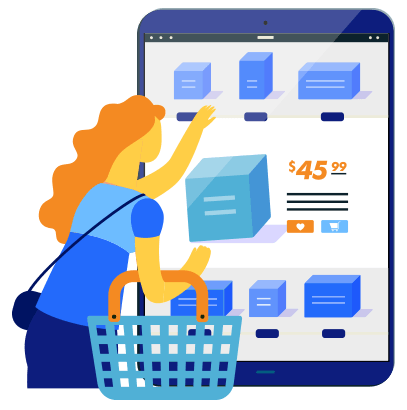
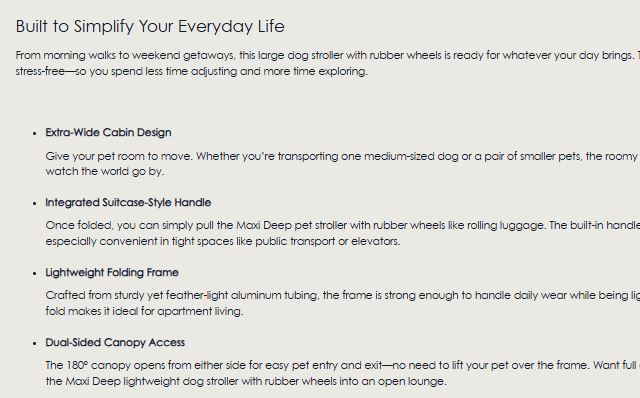
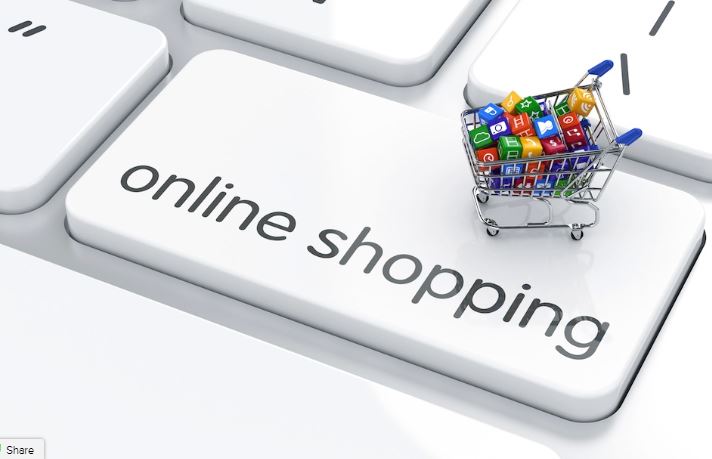 🛒 5. Optimize the Call-to-Action (CTA)
🛒 5. Optimize the Call-to-Action (CTA)